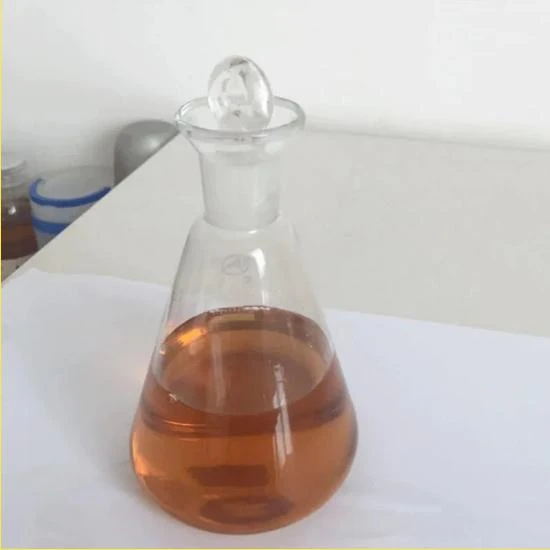
preservatives used in noodles
Preservatives Used in Noodles A Comprehensive Overview
Noodles, a staple food in many cultures around the world, come in various forms and flavors, from the soft and chewy texture of Italian pasta to the delicate strands of Asian egg noodles. As a convenience food, they have gained immense popularity due to their quick preparation time and versatility. However, one aspect that often raises concerns among consumers is the use of preservatives in noodle products. This article explores the types of preservatives commonly used in noodles, their purposes, and the implications for health and food safety.
Understanding Preservatives
Preservatives are substances added to food products to prevent spoilage and extend shelf life. They work by inhibiting the growth of microorganisms, such as bacteria and molds, and preventing oxidative changes that can lead to flavor and color deterioration. In noodle production, preservatives play a crucial role in maintaining product quality over time, especially for mass-produced varieties that may sit on store shelves for extended periods.
Common Preservatives in Noodles
1. Sodium Benzoate One of the most widely used preservatives, sodium benzoate is effective against yeast, mold, and some bacteria. It is often used in flavored noodles, particularly those that come with a seasoning packet. While it is generally recognized as safe by food safety authorities, excessive consumption can lead to potential health risks, including allergic reactions in sensitive individuals.
2. Calcium Propionate This preservative is commonly used in bread but can also be found in certain noodle products. Calcium propionate helps to inhibit mold growth, extending the shelf life of noodles. It is generally safe for consumption and is well-tolerated by most people.
3. Citric Acid Often used for flavor enhancement, citric acid also serves as a preservative. It can lower the pH of the product, creating an acidic environment that is hostile to many microorganisms. Its natural origin and multifunctionality make it a popular choice among manufacturers aiming for cleaner labels.
preservatives used in noodles

4. Sorbic Acid Similar to sodium benzoate, sorbic acid is effective against molds and yeasts. It is often used in low-moisture noodles to prevent spoilage during storage. Although it is considered safe to consume, some individuals may experience adverse reactions.
5. BHA and BHT (Butylated Hydroxyanisole and Butylated Hydroxytoluene) These are synthetic antioxidants that help prevent fats and oils in noodle products from oxidizing, which can lead to rancidity. Their safety has been debated, and while they are allowed in food, some consumers seek to avoid them due to potential health concerns linked to long-term exposure.
Health Implications
The presence of preservatives in noodles has led to ongoing discussions regarding their health implications. While many of these substances are deemed safe by regulatory bodies, there is a growing trend among consumers advocating for natural and preservative-free products. The increasing awareness of food additives has prompted many manufacturers to explore alternative preservation methods, such as vacuum packing or using natural preservatives like rosemary extract.
Conclusion
Preservatives play a significant role in ensuring the freshness and safety of noodle products. While many of the commonly used preservatives are recognized as safe, a subset of consumers is becoming more conscious about the ingredients in their food. As the food industry evolves, there is a clear shift towards transparency and the use of natural ingredients.
Consumers are encouraged to read labels carefully and choose products that align with their health preferences. Additionally, homemade noodle recipes can offer control over the ingredients used, giving individuals the opportunity to enjoy this beloved food without unnecessary additives. Ultimately, the choice of whether to consume noodles with preservatives or to seek out alternatives lies in the hands of the consumer, who must weigh convenience against health considerations.
-
The Safety Challenges of Ammonium Nitrate FertilizerNewsJun.26,2025
-
The Critical Role of Mining ChemicalsNewsJun.26,2025
-
Shelf Life of Glacial Acetic Acid Food GradeNewsJun.26,2025
-
Enhancing PVC Longevity with 1,2,3-Benzotriazole InnovationsNewsJun.26,2025
-
China’s Dominance in Food Additive ProductionNewsJun.26,2025
-
Can Aluminum Hydroxide Replace More Toxic Alternatives?NewsJun.26,2025
-
PE and PP Plastics with Benzotriazole AdditivesNewsJun.12,2025
Hebei Tenger Chemical Technology Co., Ltd. focuses on the chemical industry and is committed to the export service of chemical raw materials.
-

view more DiethanolisopropanolamineIn the ever-growing field of chemical solutions, diethanolisopropanolamine (DEIPA) stands out as a versatile and important compound. Due to its unique chemical structure and properties, DEIPA is of interest to various industries including construction, personal care, and agriculture. -

view more TriisopropanolamineTriisopropanolamine (TIPA) alkanol amine substance, is a kind of alcohol amine compound with amino and alcohol hydroxyl, and because of its molecules contains both amino and hydroxyl. -

view more Tetramethyl Thiuram DisulfideTetramethyl thiuram disulfide, also known as TMTD, is a white to light-yellow powder with a distinct sulfur-like odor. It is soluble in organic solvents such as benzene, acetone, and ethyl acetate, making it highly versatile for use in different formulations. TMTD is known for its excellent vulcanization acceleration properties, which makes it a key ingredient in the production of rubber products. Additionally, it acts as an effective fungicide and bactericide, making it valuable in agricultural applications. Its high purity and stability ensure consistent performance, making it a preferred choice for manufacturers across various industries.











